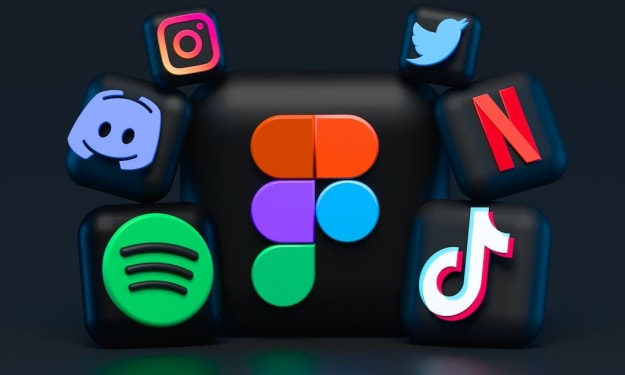"Education for All: Addressing Inequities in Access to Learning Opportunities"
Once upon a time, in a world that was divided by social, economic, and cultural barriers, there was a school that was trying to break down those barriers and provide education for all.

Once upon a time, in a world that was divided by social, economic, and cultural barriers, there was a school that was trying to break down those barriers and provide education for all. The school was located in a poor and marginalized community, where many children faced obstacles to accessing quality education. The students were often hungry, sick, or working to support their families, and the school lacked the resources and infrastructure to meet their needs.
The principal of the school, Ms. Rodriguez, decided to take a bold step and address the inequities in access to learning opportunities. She gathered a team of teachers, parents, and community members to brainstorm ideas and design a plan for education for all.
They started by identifying the barriers that were preventing children from accessing education, such as poverty, malnutrition, illness, discrimination, and lack of transportation. They realized that education was not just about schools and classrooms, but about the whole community and the whole person. They decided to create a holistic approach to education, that would address the physical, emotional, and social needs of the children, as well as their academic needs.
They transformed the school into a community hub, that provided not just education, but also health care, nutrition, counseling, and community outreach. They partnered with local hospitals, clinics, and NGOs, to provide medical check-ups, vaccinations, and health education. They set up a feeding program, that provided nutritious meals to the children, so that they could concentrate on learning. They created a counseling center, that provided emotional support and guidance to the children, so that they could cope with the challenges of their lives.
They also transformed the it,, inclusive. They integrated local culture, history, and language into the curriculum, so that the children could see themselves reflected in their learning. They used technology, such as mobile phones and tablets, to expand access to education, and to provide personalized learning opportunities. They created a mentorship program, that matched each child with a caring adult, who could provide guidance and support.
The results were astounding. The children became more motivated, confident, and resilient. They started to see education as a pathway to a better life, and to aspire to careers and opportunities that were previously beyond their reach. They became more connected to their community, and more empowered to make a difference in their lives and the lives of others.
But the journey was not without its challenges. The team had to overcome resistance from some of the parents and community members, who were skeptical of the new approaches. They had to navigate complex issues such as equity assessment, and accountability, and ensure that all children had access to the same opportunities and support.
Despite these challenges, the team persevered and continued to innovate. They sought feedback from the children and the community, and used data to track their progress and make adjustments. They collaborated with other schools and organizations to share their knowledge and learn from others.
As the years went by, the school became a beacon of hope and inspiration for the community. It attracted attention from other schools and organizations, who were seeking to replicate its model. It produced graduates who were not only academically proficient but also socially conscious, emotionally intelligent, and culturally aware.
The story of this school is a testament to the power of education to break down barriers and promote equity. It shows that when we dare to think outside the box, challenge the status quo, and embrace new ideas and approaches, we can transform the lives of children and communities. We can create schools that are more than just buildings, but also centers of hope, healing, and opportunity.
Education for all is not just a slogan, but a vision and a mission. It's about creating a world where every child has the right to learn, grow, and thrive. It's about addressing the systemic barriers that prevent children from accessing quality education, and providing the support and resources they need to succeed. It's about creating a culture of learning, that values and celebrates diversity, inclusion, and social.
As we face the challenges and inequalities of the world, education for all will be more important than ever. We need to embrace new approaches to education, that are holistic, inclusive, and transformative. We need to invest in the well-being and development of children, and provide them with the tools and support they need to reach their full potential. We need to build partnerships and networks that allow us to share our knowledge and learn from others.
The story of this school is a call to action for all of us who care about education. Let us be bold, let us be creative, let us be innovative. Let us create a world where education is not just a privilege, but a right for all.
About the Creator
Enjoyed the story? Support the Creator.
Subscribe for free to receive all their stories in your feed. You could also pledge your support or give them a one-off tip, letting them know you appreciate their work.





Comments
There are no comments for this story
Be the first to respond and start the conversation.